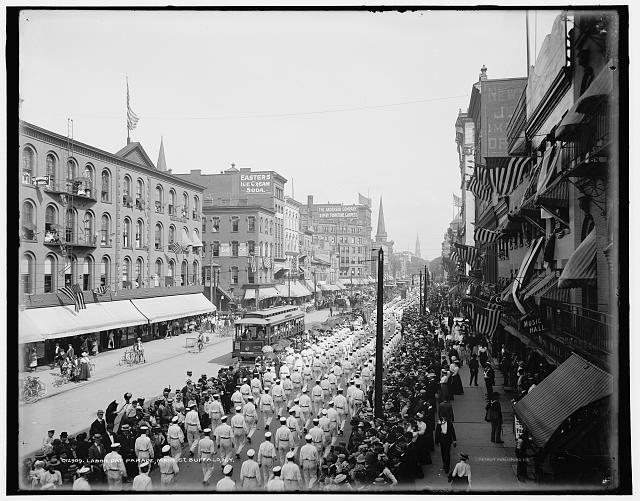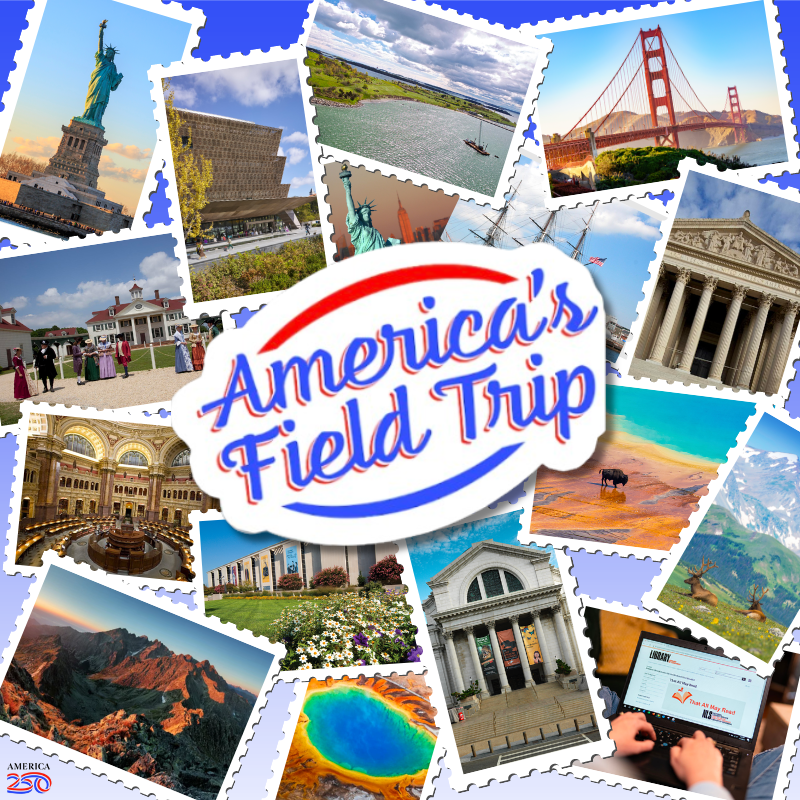

Find out how the 140-year-old holiday came to be.
On Sept. 5, 1882, approximately 10,000 workers assembled in the streets of New York City to participate in the first Labor Day parade. Workers and their families marched from City Hall, passing through Union Square and headed uptown to 42nd street where they gathered in Wendel’s Elm Park for a picnic, concert, and speeches. Organized by New York’s Central Labor Union, the first Labor Day celebration’s goal was to demonstrate the strength of the labor movement and inspire improvements in working conditions. While it is still debated as to who originated the idea of a workers’ holiday, New York’s Labor Day celebrations inspired similar events across the country. Oregon became the first state to grant legal status to the holiday in 1887; other states soon followed. On June 28, 1894, Congress passed legislation making Labor Day a national holiday.

Labor Day parade, Main St., Buffalo, N.Y. ca. 1900. Detroit Publishing Company. Prints & Photographs Division
https://www.loc.gov/item/2016808302/
Initially, Labor Day was viewed as a way to celebrate accomplishments and raise awareness about and discuss ways to secure better working conditions and salaries. As the years and celebrations progressed, Labor Day became less associated with union activities and protest marches and more with leisure activities. For many, the holiday is an opportunity to gather with family and friends and marks the unofficial end of summer.

America’s Field Trip Awardees!
Thousands of students from across the country submitted inspiring entries, responding to the prompt “What does America mean to you?” for the first-ever America’s Field Trip contest. A panel of current and former educators selected 150 students as awardees, hailing from 44 states and territories.